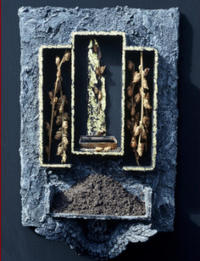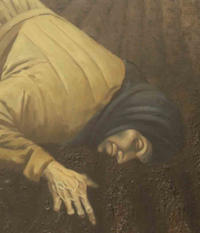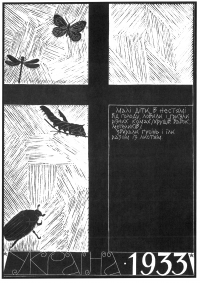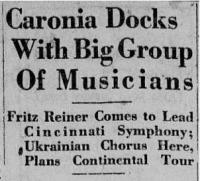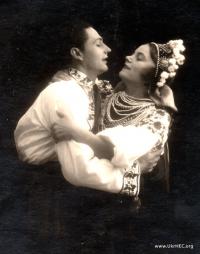Exhibits
The gallery is currently closed for the installation of a new exhibition.
While the Center's new museum building is under construction, we are presenting exhibits in the Library Gallery.
This gallery occupies the location formerly used by the UOC of USA bookstore, and has been completely refurbished for use as a gallery, including the installation of museum-grade UV absorbing film on the windows to protect the displayed artifacts from sunlight damage.
View map and get directions.




